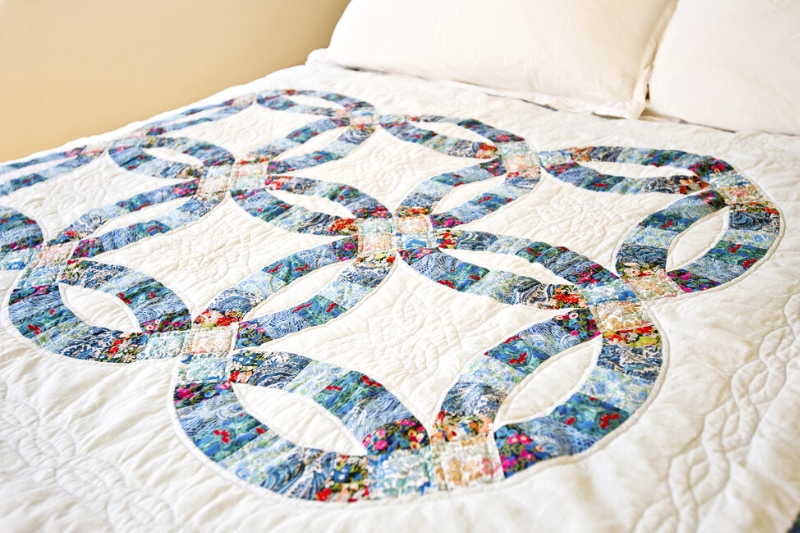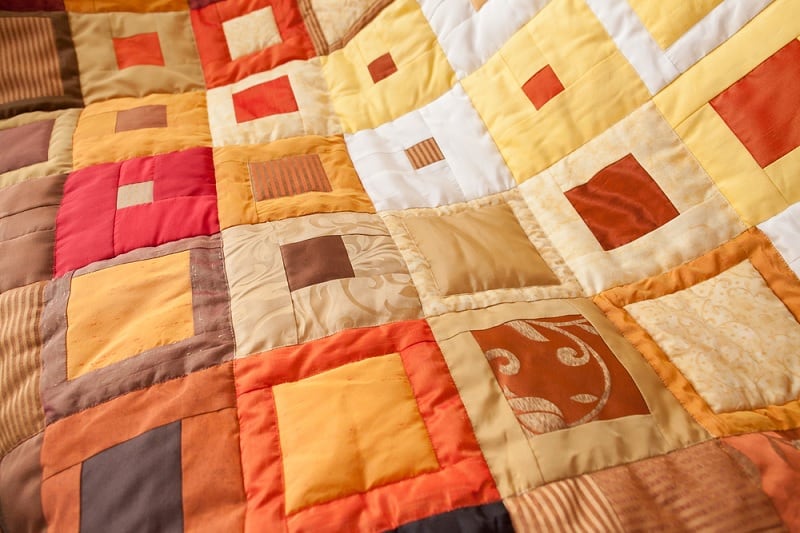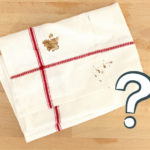Quilts are very delicate items. They’re often made from fragile materials such as wool or silk. Often, they’re family heirlooms, passed down from relatives.
Because they’re delicate or precious, people avoid washing them for fear of damaging them.
However, you can wash quilts without ruining them. In fact, you should wash your quilts, especially if you use them regularly.
In this article we find out how to wash quilts, how often to wash them and how to maintain them between washes.
Before Washing a Quilt for the First Time
1. Check for colour transfer
The first thing to do is test whether the colours will run in the wash. To do so, rub a damp, white cloth the quilt and check to see if any colours transfer to the cloth.
If the colours run heavily, you may need to take the quilt to the dry cleaner, as machine or hand washing it may cause the colours to run and stain the quilt.
If there is little to no transfer, you can safely wash the quilt in your washing machine using the correct settings. For extra peace of mind, you can always add some colour catchers.
2. Check for damage
You should also check your quilt for any loose threads or tears so that you can repair them before they go through a wash cycle.
How to Wash a Quilt at Home
If your quilt has a care label, be sure to check it and follow the instructions when washing.
However, many quilts are handmade gifts or family heirlooms and don’t come with a care label.
If this is the case, you can either hand-wash your quilt or machine-wash it on a delicate cycle.
Hand-washing will be more gentle on the quilt, so if it’s old or made from delicate materials such as wool or silk, this is the best option.
How to hand-wash a quilt
- Grab a bowl or bucket large enough to contain the quilt, with some room to move it around.
- Fill the bucket with cool water, preferably distilled.
- Use a gentle, liquid detergent, as powder could leave residue, and mix well.
- Submerge the quilt in the water and move it around to get the detergent to the whole quilt.
- Leave to soak for around 10 minutes.
- Drain the water out and refill.
- At this point, you can add half a cup of white vinegar to help loosen any remaining detergent residue.
- Move the quilt around in the water to loosen any extra dirt for a few minutes.
- Drain the water out.
- Air dry your quilt flat as hanging it may cause the stitching to become heavy and tear.
How to machine-wash a quilt
- Load the quilt into a large washing machine, make sure it isn’t stuffed in and it has room to move around.
- Set the machine to a cool temperature and the delicates cycle.
- Be sure to use a mild or delicates detergent.
- Once the cycle is finished, as above, air dry the quilt flat.
Can You Put a Quilt in the Dryer?
It’s best to avoid tumble drying quilts as they can be delicate. However, you can try putting it on a low heat/delicate setting for a few minutes to help reduce drying time.
Otherwise, you should air dry your quilt flat. You can either drape it over a clothes airer if it’s large enough that there isn’t too much overhang, or lay down some towels and place it on top.
Before air drying your quilt, pop the quilt into a bath, or somewhere water can drain, and press out the excess water so that it dries faster.

How Often to Wash a Quilt
You should try to wash the quilt only when it needs it, around once to twice a year, depending on how often its used.
If you use your quilt all year round and you’re in direct contact with it, it may need two washes throughout the year. Otherwise, one should be enough.
However, cleaning it more often than this can damage it. So, if it gets grubby or stained before the next wash, try spot cleaning it.
Spot Cleaning a Quilt
You can vacuum a quilt to keep it dust-free between washes. If the quilt is delicate, you can put a mesh cover over the vacuum nozzle (tights work well for this purpose) or you can use a lint roller instead.
To treat stains or dirt, dilute a small amount of white vinegar in distilled water and blot the stained area with a cloth dipped in the solution. Use another cloth with just water to rinse the vinegar off.

In The Wash is your guide to the best laundry and cleaning products, tips and tricks. Our mission is to solve the UK’s cleaning and laundry dilemmas!






